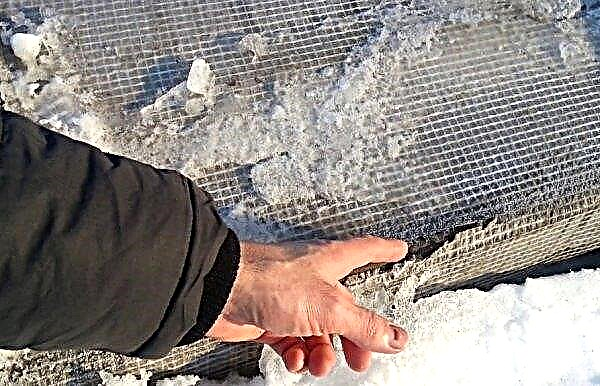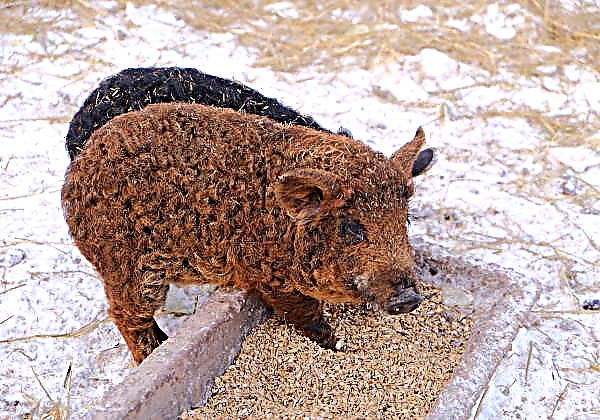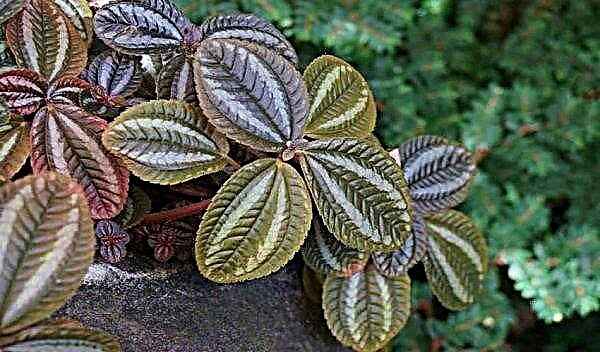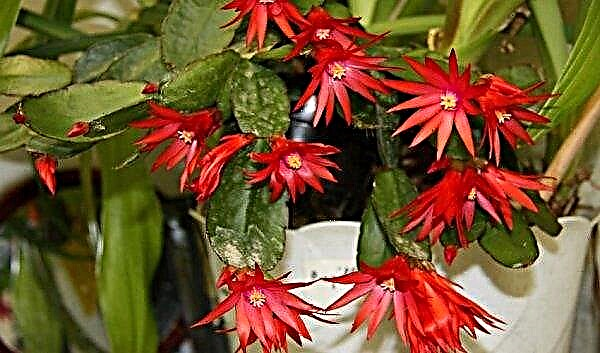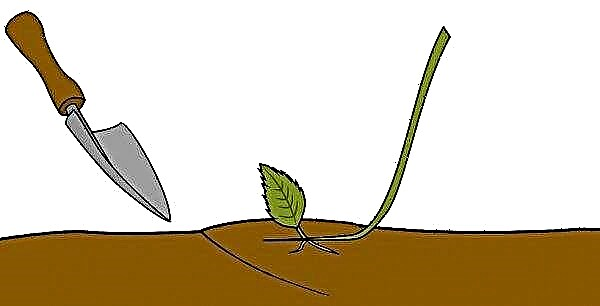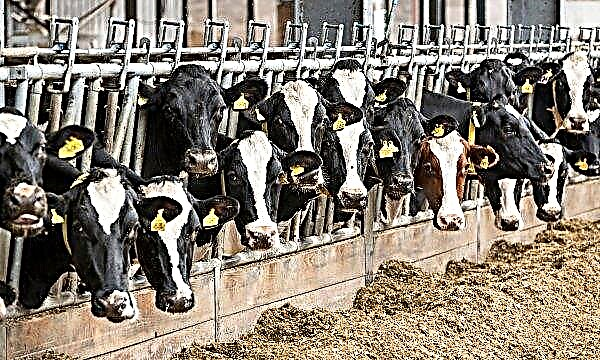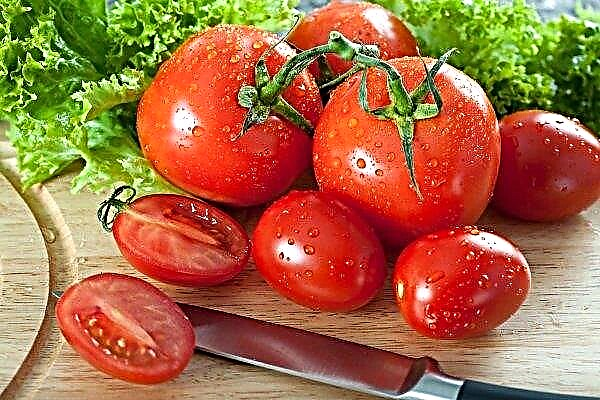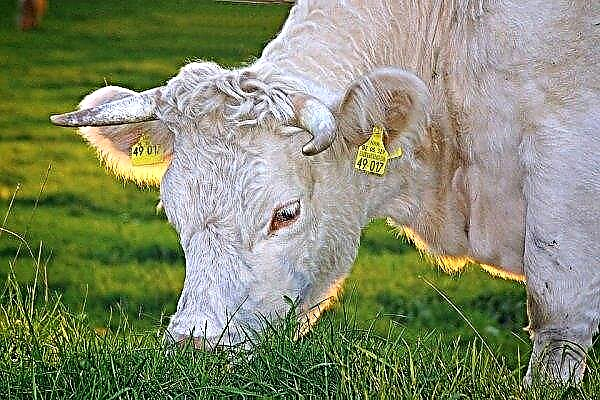Modern technologies allow you to independently assemble a greenhouse in which the main functions will be automated as much as possible. Below are the advantages of such structures, as well as a detailed description of their manufacture.
Why greenhouse automation
Controlling the conditions inside the closed ground using automation and a computer allows you to get the best conditions for plants, and therefore a high yield.
- The benefits of automation are:
- maintaining the necessary temperature and humidity at any time of the day;
- setting the optimal daylight hours for the crop;
- timely watering with the optimal amount of water at the right temperature;
- saving time and effort.
Features and classification of greenhouses with smart controls
The capabilities of modern greenhouses include the following processes:
- monitoring and establishing the required temperature regime;
- autowatering at the set time;
- soil restoration (mulching).

- Autonomous structures that work on the energy of the sun and heat. For them, location and proper construction are especially important.
- Greenhouses with electrical connection, for which the question additionally arises of providing backup power.
Did you know? Already in ancient Rome they used greenhouses, planting plants in carts. During the day, they were taken out into the open air, and at night they were taken to a sheltered warm structure.
Stages of introducing automation into the greenhouse
Automatic systems are introduced after the installation of the main frame. First of all, organize a ventilation system.
Auto ventilation system
Automatic ventilation should provide an influx of fresh air depending on the temperature inside. Under normal conditions, the air heated by the sun stagnates and leads to the spread of diseases and mold, and can also cause a decrease in yield. Ventilation occurs through the opening of vents, which the automatic system must also close in time.
Video: Do-it-yourself automatic airing for the greenhouse
To control the vents, hydraulic equipment of both industrial and home-made type is most often installed.
The correct location and number of vents helps to achieve the desired air circulation.
The following principles are recommended:
- vents should be placed at the maximum available height;
- in small greenhouses place 2 windows for 2 m of the roof.
Important! The average area of the window leaves should be equal to 1/6 of the floor area of the greenhouse.
Organization of drip irrigation
Drop watering is considered the best way to deliver moisture directly to the root system of plants. Its principle is to lay thin branches of rubber or plastic, which are connected to a water source according to the scheme of an extensive system. Due to the slow feed rate it is possible to maintain a constant soil moisture. For such irrigation it is important to have a constant source of water supply.
Automation of drip irrigation consists in the timely opening of a water supply tap, for which hydraulic machines are used. Watering can be activated from the control panel or depend on the readings of humidity or temperature sensors. Sensors are installed directly in the soil, near the root system of the plant.

Mulching the soil
The soil in the greenhouse should be covered with loose organic matter, which will significantly reduce the number of weeds and help maintain the required moisture level. In early spring and autumn, soil is covered with special black material, which provides additional heating of the soil and air. For greenhouses, agrofibre with a density of 40-60 g / m² is best suited.
In summer, you can use mowed hay or sawdust to mulch the beds.
How to make an automatic greenhouse with your own hands
All the necessary automation systems can be bought ready-made, however, the initial costs for such a greenhouse will be significant. You can make a smart greenhouse with your own hands, for which you need to prepare a thoughtful project and study the necessary conditions for growing a particular crop.

Choosing an installation location
The correct location allows you to fully use the available solar energy, as well as protect yourself from the cold wind.
The basic principles of the location of the greenhouse are as follows:
- the arrangement of the frame from south to north, which provides uniform sunlight during the day. In the northern regions, the west-east direction is optimal;
- An even area with groundwater not exceeding 1–1.5 m is necessary:
- protection from the wind by a hedge, fence or buildings located at some distance from the structure (depending on their height).
Important! Shadow from a protective fence or buildings should not fall on a greenhouse!
DIY Automation
To solve each of the problems, you can use devices on microcontrollers of different price levels, as well as some homemade tricks.
Auto airing
To ensure the necessary ventilation mode, perform the following actions:
- In the upper part of the greenhouse, a digital temperature sensor is installed with connection to the device for opening and closing the air vents.
- The sensor is programmed for a temperature, when fixed, a signal will be given and the ventilator will open.
Hydraulic automation for opening vents is based on the expansion of low-boiling fluid (usually freon), which extends the stem and thus raises the vent. Such a device is durable and has a high reaction rate to changes in ambient temperature, as well as is cheaper than electrical systems and can lift a lot of weight (for example, doors).
There are modern hydraulic systems with an electronic control unit, but they have a higher cost and depend on the availability of power.
Bimetallic regulators are two plates of highly heat-conducting metal, which are mounted on the window and bend when heated, allowing access to fresh air. When cooling, the plates straighten and close the window. Such devices have a low price and high response speed. Although the plates cannot lift a lot of weight, they are enough for polycarbonate windows.
Autowatering
A large assortment of drip systems is available on the market, however, automatic watering can also be provided with cheaper means. Solar distillation can provide the right amount of moisture even in the summer heat.
Did you know? In Iceland, most greenhouses are located on hot geysers.
For such watering, you must perform the following steps:
- Prepare 2 plastic containers (bottles), one should be smaller than the other. The walls of the vessels should be as transparent as possible!
- Water is poured into a smaller bottle, and a large container is put on top of it, like a lid.
- The design is installed next to each plant.
- When the sun heats the water, it begins to evaporate and settle on the walls of the second bottle, sliding into the ground.
Another option is a combination of plastic bottles and empty ballpoint pens. The rods must first be cleaned with gasoline.
- Clog one end of the rod (for example, with a match) and pierce the hole, stepping 3-4 mm from the plug.
- A hole of a smaller diameter is pierced in the bottle at the level of the "shoulders" and the rod is inserted there.
- The bottom of the bottle is cut off, the neck is closed with a lid and the bottle is set with the lid down. Or a hole in the bottle is made at a distance of 20–25 mm from the bottom and sealed with plasticine, and the bottle is placed on the bottom with the lid open.
- Water is poured into the bottle and the rod is checked: 10 drops should come out in 5 minutes.
With constant exposure to the sun, plastic deteriorates, so it needs to be replaced every 6 months.
Important! The water tank must be placed at an elevation (minimum 1.8 m) in order to obtain the required fluid pressure in the system.
Auto Heating
If the greenhouse is used year-round, it needs a heating system.
Automated devices of this type include:
- infrared heaters with temperature sensor - used for above-ground heating;
- auto systems with gas burners or potbelly stoves;
- subsoil complexes with special plates and inclusion sensors, which are mounted under plants.
To maintain the required temperature at night from spring to autumn will help heating solar energy accumulated during the day. The heat accumulator can serve as a tank with black irrigation water.

Additional enhancements
After installing the necessary systems and launching a smart greenhouse, you can consider the possibility of further design improvements.
It can be:
- filling system for a tank with water, equipped with a pump and a float switch;
- additional lighting to increase the length of a sunny day or shade to reduce it (when growing, for example, radish).
- expansion of the ventilation system by installing electric fans.
Possible difficulties in assembling an automatic greenhouse
Problems during the operation of the greenhouse associated with the operation of support systems may arise for the following reasons:
- errors when calculating the number of window leaves, programming sensors, etc .;
- system overload, when using devices without taking into account their technical parameters;
- breakdowns as a result of ignoring preventive maintenance of equipment and timely alarm signals;
- violation of safety regulations on the use of low voltage (12–36 V) indoors;
- Installing a polycarbonate greenhouse at temperatures below + 10 ° C can cause damage to the material due to its fragility at low temperatures.
The creation of a smart greenhouse is especially important where constant monitoring of plant conditions is impossible. You can use the capabilities of electronics in many processes, choosing the optimal conditions for growing the desired crops.


